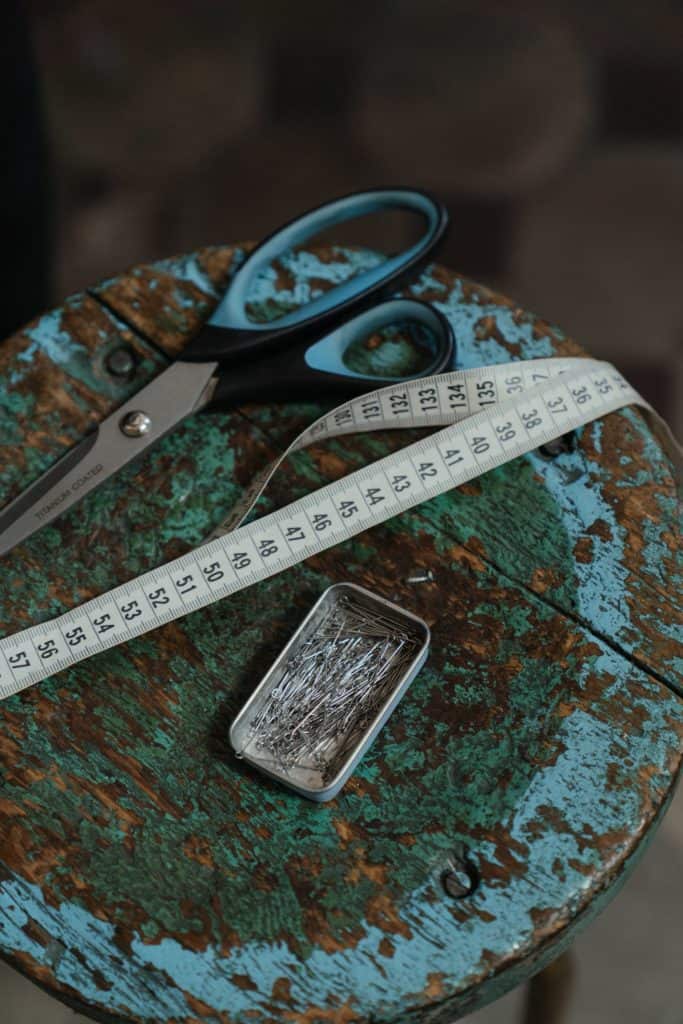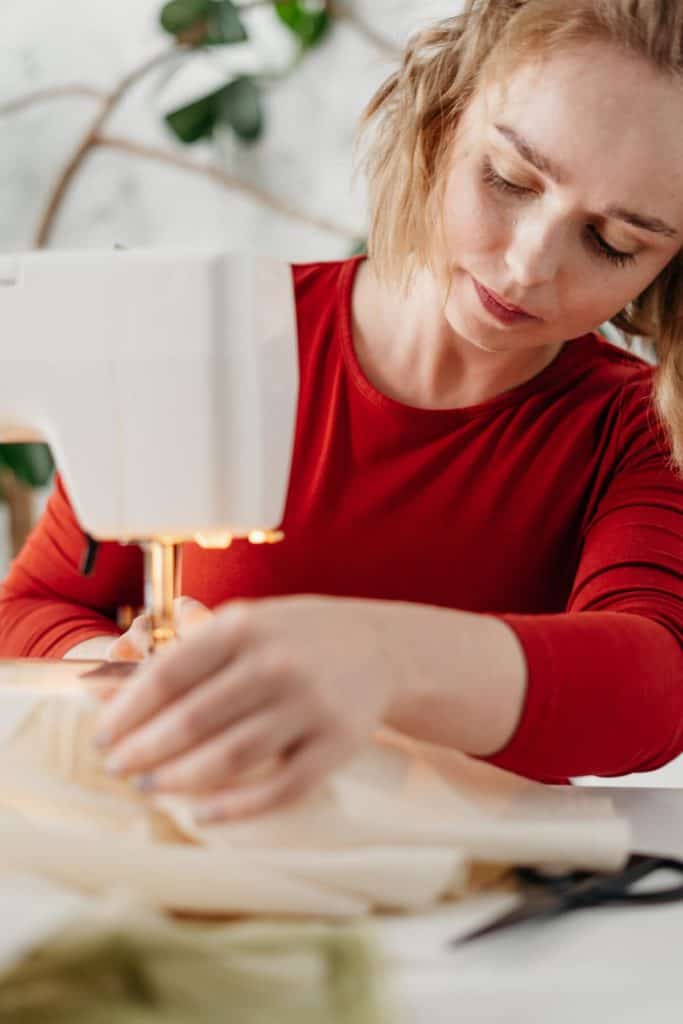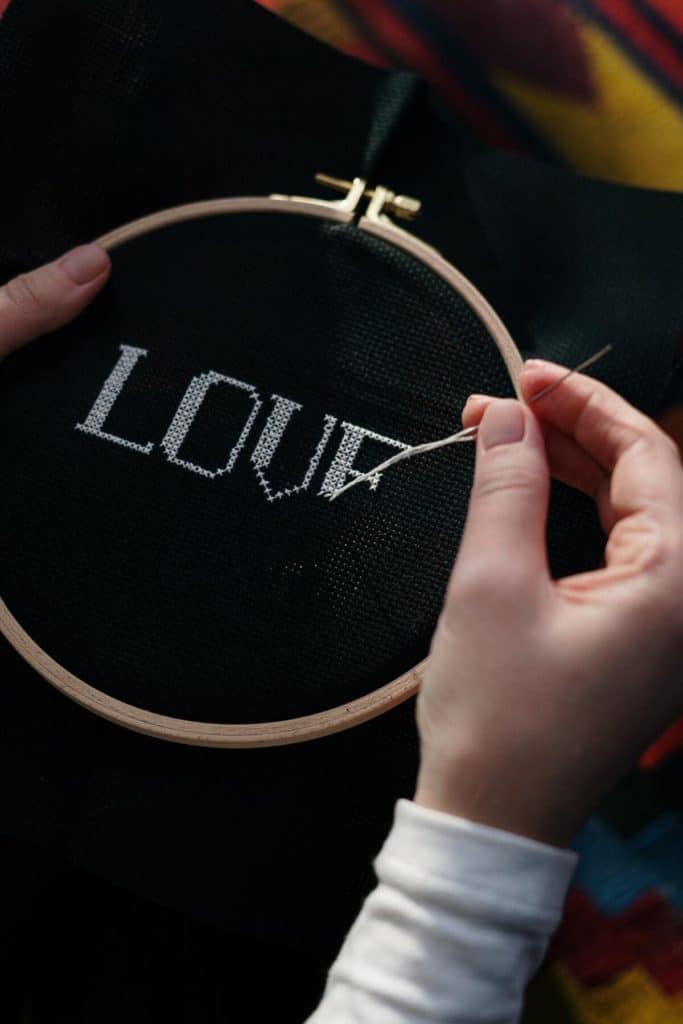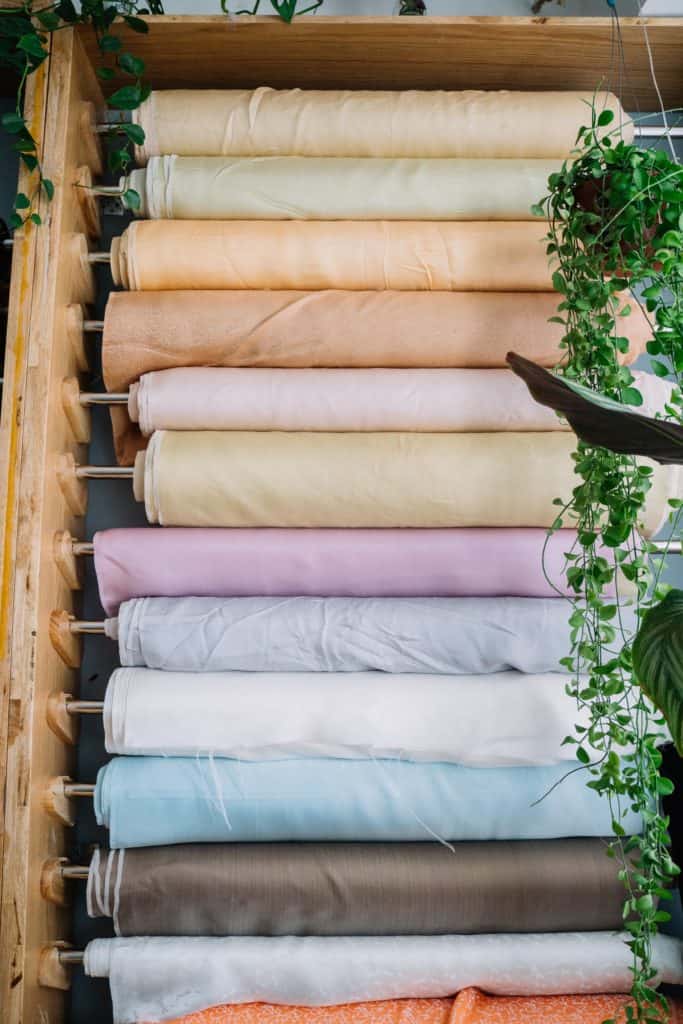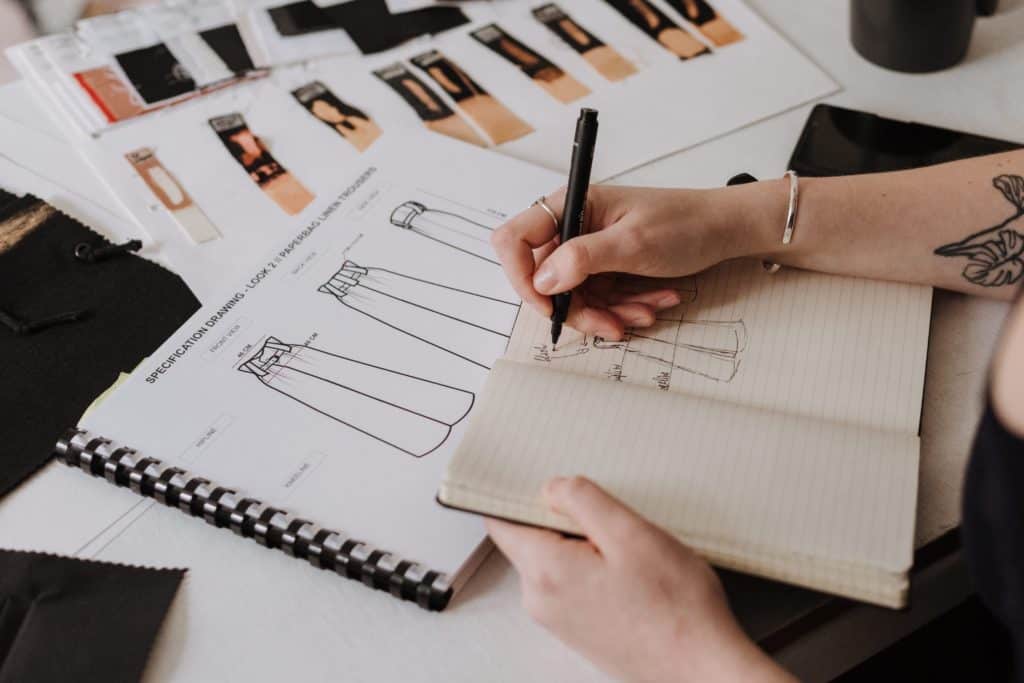Home

Beautiful things
come together one stitch at a time.
You have no idea how capable you are. Let’s find out together.
Learn How to Pattern & sew
Our lessons show, in detail, the entire process start to finish.
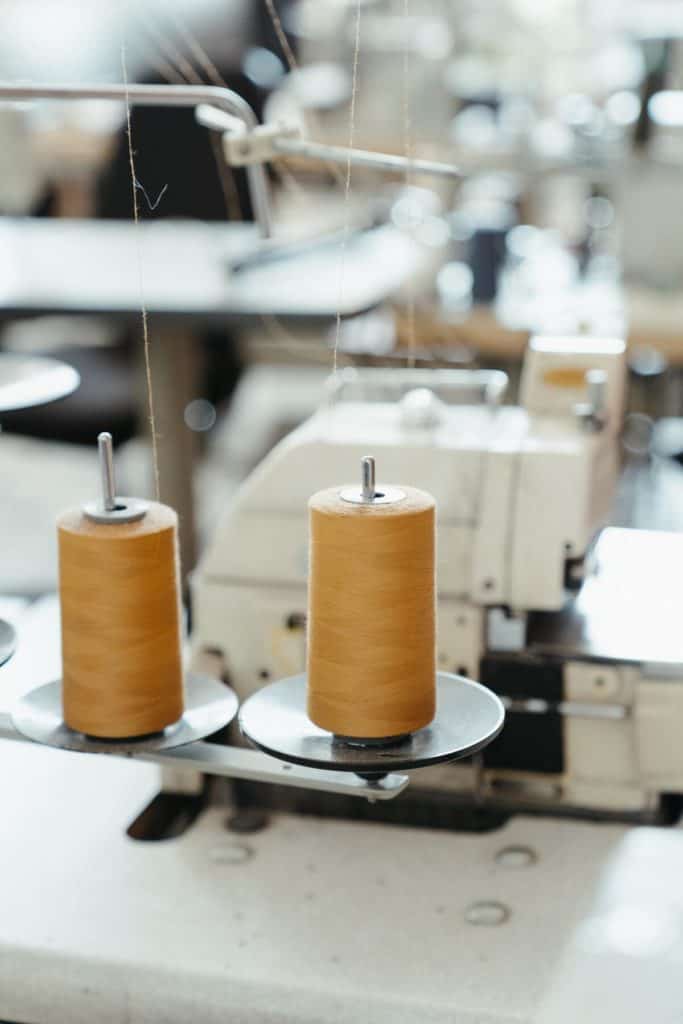

Learn the difference: knit & Crochet
Our lessons show, in detail, the entire process start to finish.
Learn to embroider and Cross stitch
Our lessons show, in detail, the entire process start to finish.


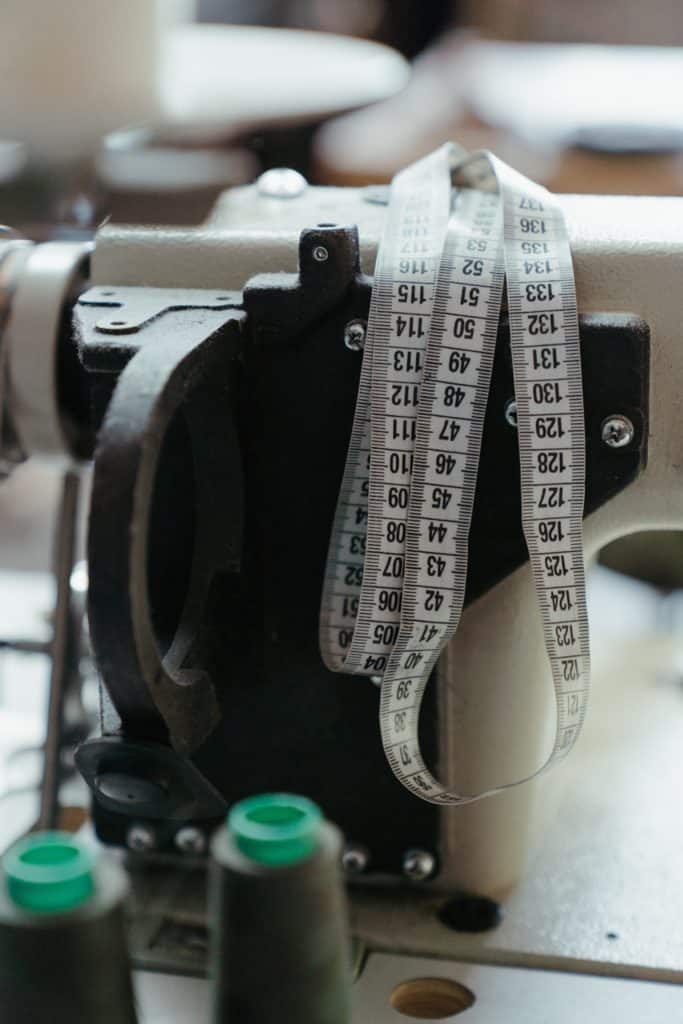
Thread, Yarn, Fabric & Needles
Get Started learning a new Skill
Lorem ipsum dolor sit amet, consectetur adipiscing elit, sed do eiusmod tempor incididunt ut labore et dolore magna aliqua. Enim tortor at auctor urna nunc. Turpis in eu mi bibendum. Feugiat vivamus at augue eget arcu dictum varius duis at. Id aliquet lectus proin nibh nisl.

Charming Toddler Boy Sweater Knitting Pattern – Easy Designs
Ever watched your little guy running around in a too-small sweater and thought, “I could make that”? Well, guess what? You totally can! Welcome to the world of toddler boy…

Cozy Newborn Baby Sweater Pattern – Easy & Adorable Design
Knitting newbies and yarn enthusiasts get ready to dive into the world of the cutest baby sweater ever? Buckle up, because we’re about to embark on a woolly adventure that’ll…

Elegant Baby Girl Frock Designs – Cute & Stylish Ideas
Hey there, fellow parents and frock enthusiasts! Are you ready to dive into the adorable universe of baby girl frock designs? Get ready to “ooh” and “aah” over the cutest…
Crafters Already Using This Program
Are Making Tremendous Progress…
Free forever. Powerful Upgrade Options.
The Basics
$199
Master Crafter
$399
100% Money Back Guarantee.
Lorem ipsum dolor sit amet, consectetur adipiscing elit. Ut elit tellus, luctus nec ullamcorper mattis.
Subscribe to the Newsletter
We will not cram upsells down your throat. Nobody has time for that.






